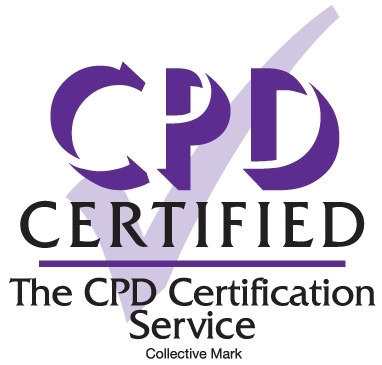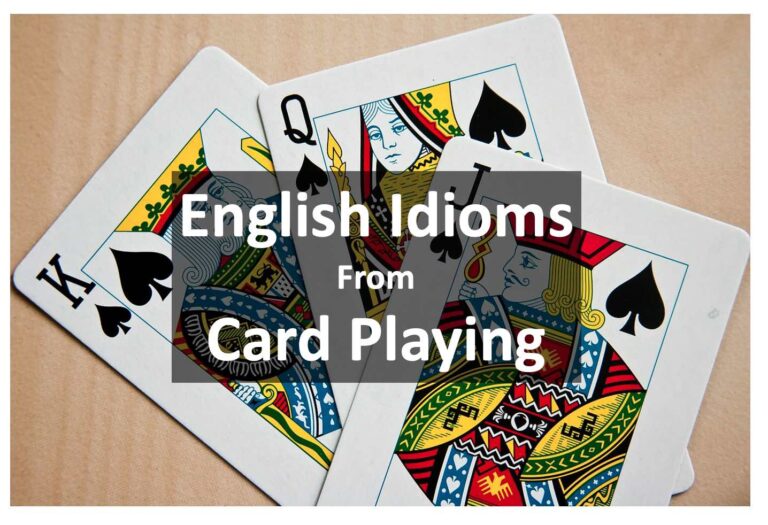How to use SAY and TELL in English
What is the difference between SAY and TELL in English? Do we SAY SOMEONE SOMETHING or SAY SOMETHING TO SOMEONE? Learn how to use SAY and TELL correctly in this free Audio Blog with 2 Free Quizzes!
What is the difference between SAY and TELL in English?
The difference between SAY and TELL is quite simple really, but I often hear even advanced students make mistakes when using them. In this free DailyStep English lesson, you can learn or revise how to use these English verbs correctly.
After the lesson, please make sure you do the writing exercise to check your understanding.
So first, take this FREE QUIZ :
SAY and TELL – what is the difference?
by Jane Lawson at DailyStep.com
|
SAY or TELL? |
|
|
SAY and TELL are similar verbs, because in their most common uses, they both mean “to communicate using words or writing”. However, their grammar is different and often confuses English learners. The easiest way to remember the grammar is this: and You TELL someone something In all these sentences, SOMETHING is the direct object and SOMEONE is the indirect object. Let’s look at some examples |
|
|
You SAY something |
You TELL someone something |
|
Examples: 3. John said “I am leaving at 3 o’clock.” |
|
|
Now let’s look in more detail at these two verbs: |
|
|
Form: SAY, SAID, SAID |
2. to express a thought, opinion, or suggestion |
|
Grammar: SAY is a transitive verb, so it always takes a direct object. In each example below, the direct object is underlined. |
|
|
1. I gave her a present and she said, “Thank you.” (note: here, the direct object is the actual words that she used.) 2. He said something about his job, but I can’t remember what it was. (note: here, the direct object is ‘something about his job’. As in example 1, this object relates to the words that were used.) 3. The teacher said that the students should study hard. (note: here, the direct object is a ‘that’ clause, which is a type of noun clause, because it has the same function as a noun. We often omit the word ‘that’ in these clauses, so we can also say “The teacher said the students should study hard.”) 4. The teacher didn’t say what we had to do for homework. (note: here, the direct object is a wh- clause. This is a clause beginning with who, what, where, why, which, when, whether or how. A wh-clause is another kind of noun clause, as has the same function as a noun. 5. He said to meet him at the station. (informal English) (note: here, the direct object is the infinitive form, ‘to meet’. ) |
|
|
Form: TELL, TOLD, TOLD |
to say something to someone, often giving them instructions or information |
|
Grammar: This meaning always takes a Personal Object. In each case below, the Personal Object is underlined. |
|
|
1. The teacher told the students to study English every day. (note: here we can also say “The teacher said to the students that they should study English every day.”) The structure here is tell someone to do something 2. He told me about the party, but I couldn’t go. (note: we could also say here, “He said to me that the party was happening, but I couldn’t go.” but we cannot say “He said to me about the party but I could not go.”) The structure here is tell someone about something 3. He told me that he was planning to resign from his job. (note: we could also say here, “ He said to me that he was planning to resign from his job.”)
The structure here is tell someone + noun clause.
Here, the NOUN CLAUSE is “that he was planning to resign from his job”
Here, the NOUN CLAUSE is “what we had to do for homework”. 4. He told the children a story. (note: here we can say “He told a story to the children.”) Here, the NOUN here is “a story”. We can also tell a joke, an anecdote, the truth, a lie and other things. |
|
|
|
to know, recognise or be certain |
|
2. John: “I’m sure they are brothers.” Jane: “How can you tell?” (note: here, “How can you tell?” means “How do you know?”) 3. You can always tell when he is telling a lie because his face goes red. 4. It is easy to tell the difference between a lion and a tiger, because a tiger is orange with black stripes, but a lion is mostly a golden brown colour. (note: we can also say “It is easy to recognise the difference between a lion and a tiger) |
|
So, I hope the grammar of SAY and TELL is clearer for you now! Next, take the second quiz below to check how well you understand this lesson.
If you enjoyed my Audio Blog, please share it. Thank you 🙂
How to speak English fluently and understand fast English
DailyStep English Audio Lessons are designed to help you learn to speak and understand English at the speed that we speak it.
No matter how good your English is, you need to be able to follow a fast conversation in order to participate.
DailyStep English courses are fully accredited and you can get an internationally-recognised certificate for your CV or resume.
How to use your lessons:
How to slow the audio:
How to Start Daily Audio Lessons
✔ Daily Audio Lessons + Premium Audio in my Blog Library
✔ Your lessons never expire – you can take them again any time
✔ Change your level any time
✔ 100% happy or your money back!




